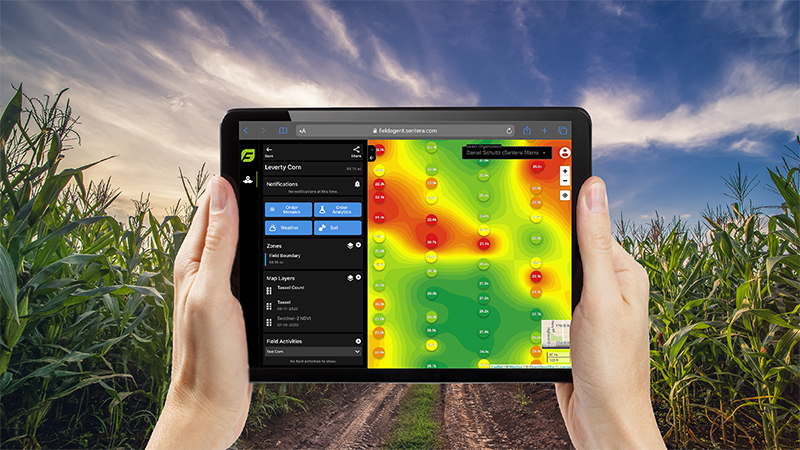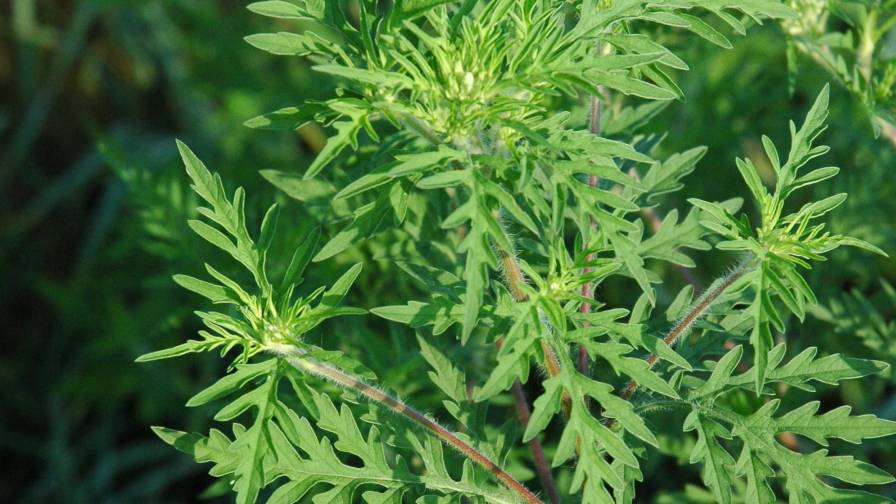Why a Fall Herbicide Program Is Even More Important This Year
The 2023 season was a tough year for weed control in corn and soybeans. The result? Higher weed populations in fields this fall.
In my area of Kentucky and Tennessee, we started spring burndown applications early when the weather warmed up, however, the temperatures rapidly dropped, and we faced some wet conditions which resulted in many fields not getting off to a clean start. Then the weather dried up and some of the residual herbicides that followed didn’t fully activated. It quickly became a rough spring for the sprayer.
The weedy circumstances this year set the stage for many farmers to consider fall herbicide applications to regain the upper hand on weeds. If farmers have never applied a fall herbicide program, or do so infrequently, this might be the year to make the investment. During seasons with less-than-ideal growing conditions, fall herbicides play an important role in reducing the weed seedbank, giving the next crop a better start and helping make farmers’ lives easier next spring.
Setting the stage for success
Fall herbicide applications, especially after a year like 2023, can be beneficial in fields that have seen weed populations increase or have a problematic history with winter annual weeds. Staying ahead of these challenges with fall herbicide applications can pay dividends in the short and long term. Some benefits include:
More consistent control of winter annuals and biennials
Fall is the best time for getting the upper hand on weeds while they are smaller and easier to control. Herbicides applied in the fall provide improved control of winter annual weed species compared to similar applications made in the spring. Warmer application temperatures in the fall also help increase the effectiveness of the herbicide. Marestail is an example of a biennial weed species that is better controlled in the fall when targeting its rosette stage instead of in the spring after it bolts.
Optimize spring workload
Spring conditions can be unpredictable, so a farmer may not be able to get into the field in a timely manner to ensure effective burndown control. Fall herbicide applications, particularly those with long lasting residual activity, can help farmers save time and reduce their spring workload. In the spring, the to-do list is long. We’re trying to fertilize, spray and plant, while hoping things don’t break down. Sometimes there’s not enough manpower to complete the tasks in a timely manner. By laying down a good residual herbicide in the fall, we allow ourselves some flexibility in timing our spring residual treatment.
Planting into a weed-free seedbed
Removing weeds with fall herbicide applications can have a positive impact on the soil conditions at planting. Dense mats of winter annual weeds makes planting difficult. Weed-free seedbeds remove the weed competition and allow for more uniform emergence and improved seedling vigor. By eliminating weed cover and growth in the fall, the soil can dry out and warm up more rapidly, ultimately allowing farmers an earlier start to the season the following spring.
Reduced pest populations
Many winter annual and perennial weed species can serve as hosts to nematodes, insects, and disease. These weeds can harbor pests such as cutworms, armyworms, and soybean cyst nematodes. By removing these weeds with fall herbicide applications, farmers are removing their habitats and helping reduce potential pest pressure for the following season.
Fall herbicide application best practices
To get the most from fall herbicide applications this fall, there are five key factors to consider in the planning and execution stages:
- Identify the spectrum of weeds in the field and select herbicides with effective activity against the targeted weeds.
- Build a fall herbicide program that includes a burndown herbicide along with a residual herbicide to control weeds present in the field and prevent emergence of future weeds.
- Pay attention to field conditions to ensure effective control. Soil residual of a herbicide is improved when applied after soil temperatures cool to 55 degrees and forecast to remain cool.
- Check product labels before use for weeds controlled, geography, pH, soil texture, and rotational crop restrictions.
- Include a surfactant for maximum activity and 15 to 20 gallons of water per acre for good coverage.
A fall herbicide program is not going to solve all of our weed problems, but it can offer farmers a leg up and peace of mind come spring that they will start the next season with a better grasp on the season. At the end of the day, staying ahead is the name of the game in the war against weeds so we can start clean and stay clean.






